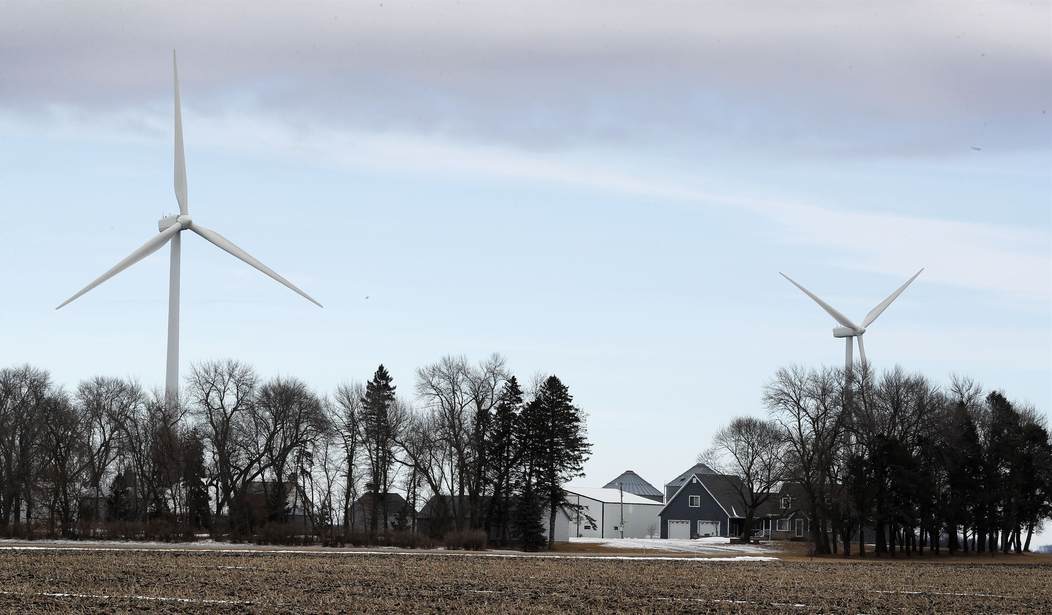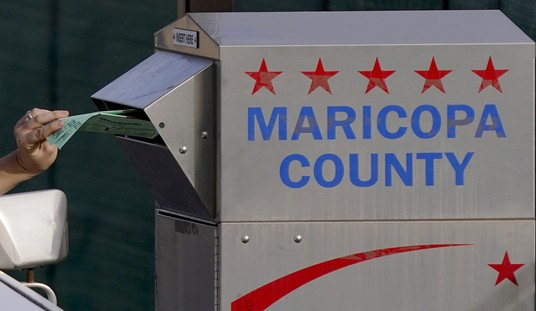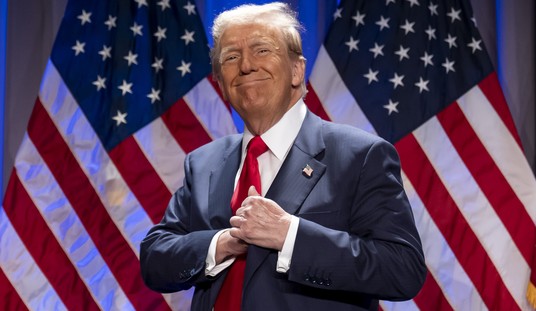Wind power has been sold to us as an environmental utopia, with lower costs, but ends up being nothing of the sort in practice.
With the aid of government subsidies, we are putting up electric generating windmills all over the place. Such subsidies include the Production Tax Credit (PTC), which, according to theThe UK, which is our coal mine canary, as I mentioned yesterday as regards cultural matters, is that now in matters of energy policy as well. The UK’s efforts to be “green” are linked to industrial electricity costs that are four times as high as they are here in the US, despite even more government subsidies than ours. Their headlong rush to the fantasy known as “net zero” is already having a large negative effect on industry in the UK and its economy.
In the time we’ve been chasing “green energy” worldwide, the evidence shows that wherever wind and solar are utilized, huge outlays from the government and consumers are necessary to keep them online. The actual operating costs of wind and solar, which the government pays for with money it doesn’t have, don’t show up on your electric bill, and are thus hidden from the consumer. And, of course, since such costs effect businesses more, and are reflected in higher consumer costs, but are never shown in connection with energy sources needed to keep the business’ doors open, your wallet is affected in an even larger fashion.
And the rate of taxpayer funding for these projects is only increasing in the efforts to meet arbitrary climate goals, costing even more.
So, why are the subsidies seen as a requirement? It is the costs of installing manufacturing wind turbines, according to George Duval at Today’s Homeowner, The timelines that we’ve been seeing indicate it takes over six and a half years of full power operation, with no down time (an impossible goal right at the off), to pay for the manufacture and installation of these monsters. That’s before those huge blades make one watt of power..
And here’s the kicker: such projects will never create enough power to pay for themselves. The estimates from wind advocates say that such wind farms have an estimated lifespan of around 25 years.
So six and a half years of operation just to pay off building the generators. Current estimates suggest that a 2.6 megawatt generator, running full time, with no down time (including for lulls in the wind driving the blades), will run around another six years. So you’re already at a minimum talking about 15 years, give or take, to break even, and that’s at the current price of power.
More succinctly, it's been shown several times over that those things won't generate enough power over their lifetime to pay for the cost of their installation and upkeep, at least not at current prices.
Those last six words that I’ve put in bold are the rub. Even at current subsidies and prices, wind power is simply not price-competitive. Those taxpayer subsidies are now a requirement because the electric bill will be much, much higher without them. As the UK is finding out now, electricity prices will have to rise, even beyond the hikes we’ve already seen. And yet the plan has always been that the subsidies of wind power will eventually end.
Does anyone suppose that the such methods of generation would attract private investments without something changing the prospect of a negative return on the investment? Say, for example, the cost Joe and Jane Average pay for electricity? Or what businesses pay for electric power, which they pass on to you and me as a cost of doing business? (Yes, you end up paying the higher cost either way.)
All these figures are going to go up like a surface to air missile... Since the government is restricting all power sources that don’t meet with its arbitrary environmental goals, we will have no choice but to pay the added costs. This was always the plan. Sorry, but I do not see this situation as a net positive.
Bright spot? Yeah, there are a few. It should be said, for example, that on day one of his new White House term, President Trump put a pause on such wind power projects via executive order, halting some $700 million in subsidies. That was as a of last April, and you can be sure the numbers of withdrawn wind projects are even larger now. So we have what seems at least a temporary reprieve from this nonsense. But as you might expect, some blue states are fighting this movement away from the wind boondoggle.
Oh, and shall we mention the effects on health? We'll talk about that tomorrow.
The left will keep pushing for wind power. The mainstream media won't tell you that it won't work and will cost more than it produces. Only we will do that. Help us expose the truth—sign up with promo code POTUS47 for 74% off your VIP membership.










Join the conversation as a VIP Member